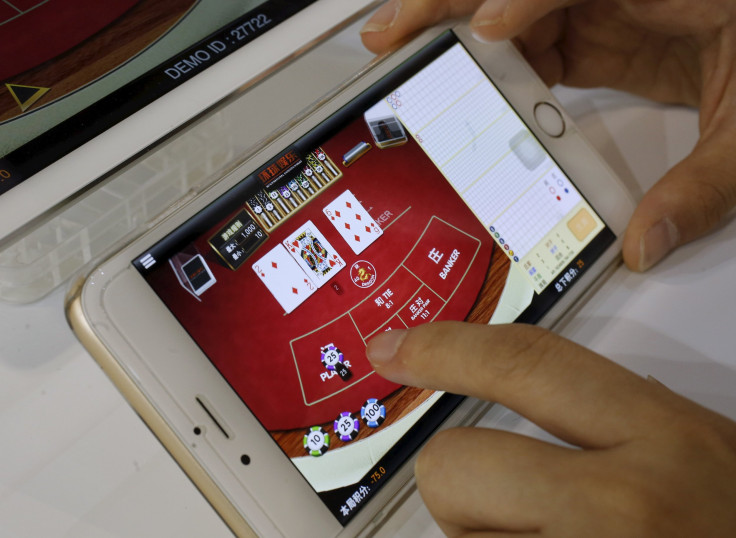Sony And Microsoft Throw GameStop A Lifeline

Until GameStop (NYSE:GME) comes up with an effective response for how it plans to cope with gaming's switch to digital playing and downloads, the retailer needs to rely upon manufacturers making consoles that still accept physical media.
The decision by both Microsoft (NASDAQ:MSFT) and Sony (NYSE:SNE) to produce new units that possess disc drives means they've thrown GameStop a life preserver that will allow it to hang on a little while longer.
A link to the past
The writing is on the wall. In May, Microsoft released its all-digital Xbox One S, a console GameStop refuses to sell it in its stores. Although the retailer officially says it's "excited" by the console's development and Microsoft remains a valued partner, it also recognizes just how detrimental the all-digital format is to its business and selling it will only hasten GameStop's eventual downfall.
So it was undoubtedly with a sense of relief that GameStop welcomed last month's news that Microsoft's next-generation Xbox console, code-named Project Scarlett, will support physical media, even though it won't ship till next year. (Better late than never.)
Similarly, Sony began releasing details earlier this year of what will become its next-gen PlayStation 5 console, and along with considerable more power like the Xbox, it will also have a disc drive and be backwards-compatible with PS4 games.
A transition
The two announcements give GameStop a reprieve. Last quarter, hardware revenue plunged 35% from the year-ago period while sales of new software titles were down over 4%. More ominously, sales of pre-owned titles plunged 20%, perhaps because gamers were waiting to see which direction the console industry was heading.
The current lifespan of existing consoles is coming to an end and gamers understood Microsoft and Sony were developing the next crop. There's little reason to go out and buy a new console now, or titles for them, if the newest gaming machines weren't going to support them.
Although that means GameStop's financial results will likely look similarly ugly for at least another year, there is at least hope that despite the industry's transition to a digital download model, there is still life left yet in the physical world.
GameStop's management expressed gratitude the manufacturers still see value in the analog world. Chief Customer Officer Frank Hamlin told industry site GameSpot, "I think both Microsoft and Sony are keenly aware that the consumer needs that optionality," referring to being able to play both physical and digital games on the console. "Not giving the customers the privilege of having that is something I think both Sony and Microsoft are aware would be a foolish thing to do."
It doesn't hurt that it also gives GameStop a little more time to work out its own transformation to grow alongside digital gaming.
Extreme makeover, gamer style
While difficult to see how the retailer will make the transition, CEO George Sherman remains confident it will be successful, recently announcing GameStop had partnered with design house R/GA to come up with a store of the future to incorporate GameStop's overall gaming culture DNA into the look and feel of its stores.
The retailer maintains it's not just about physical games, but the gaming lifestyle that sets it apart. A new layout introduces new ways for gamers to try titles before they buy them, but would also give its stores more purpose than simply being a place to buy games. It was previously reported GameStop was looking to install banks of flat-screen TVs throughout its stores where gamers could hang out and play, becoming an immersive experience for the community.
The problem is that GameStop stores are very small, around 1,700 square feet on average, making it difficult to provide the space envisioned but still have enough room to sell gear and knickknacks. Beyond video games, GameStop has a nice little business peddling collectibles that take up a considerable amount of space in its stores, but it's one of the few segments that's actually growing, reporting 10% sales growth last quarter.
The clock is ticking
The new store layouts are going to start in just one select market to see how they're received, but GameStop needs to get up and running very quickly. It has about a year or so before the new consoles hit the market and it needs to ensure its business isn't so damaged that it can't benefit from demand that will surround the new Xbox and PlayStation systems.
Microsoft and Sony have thrown GameStop a lifeline, but it's not a very long one, and the retailer needs to get it right if it wants to survive.
This article originally appeared in The Motley Fool.




















